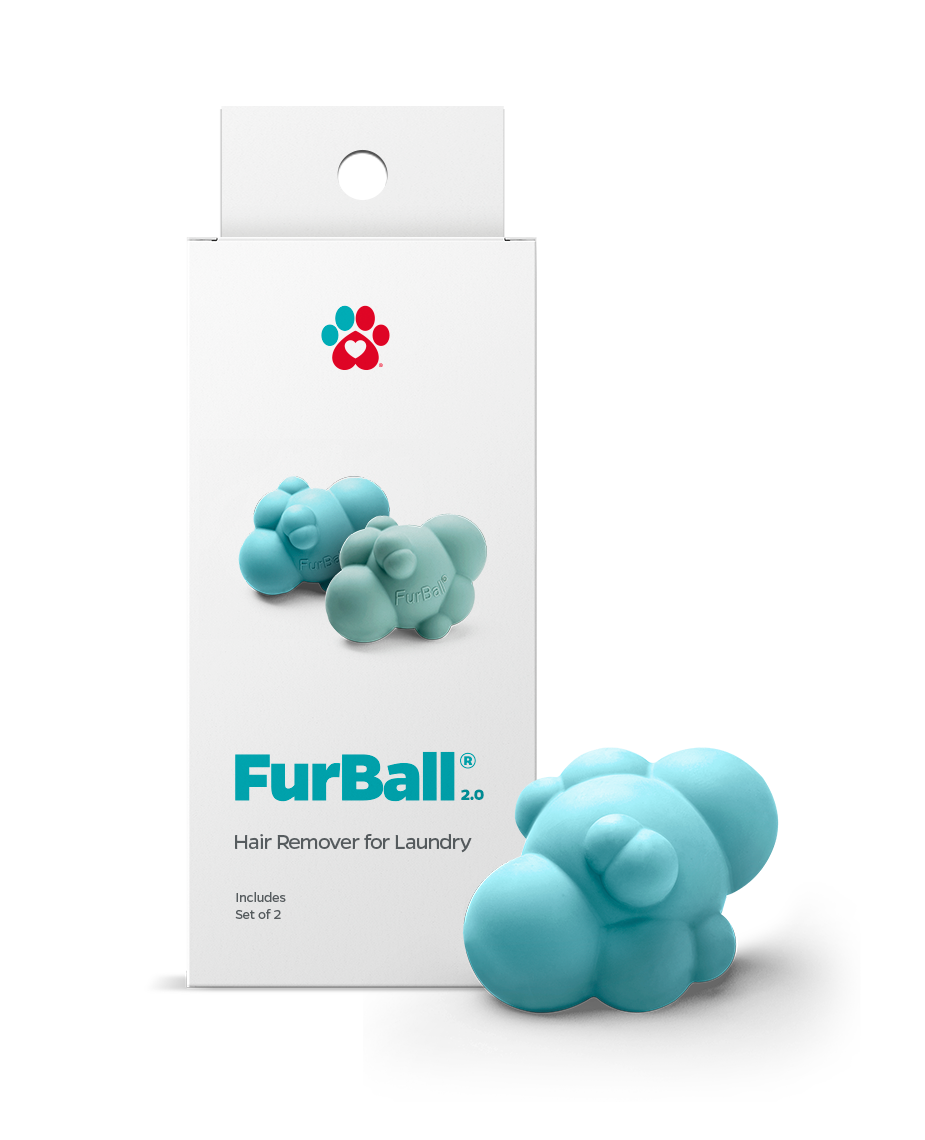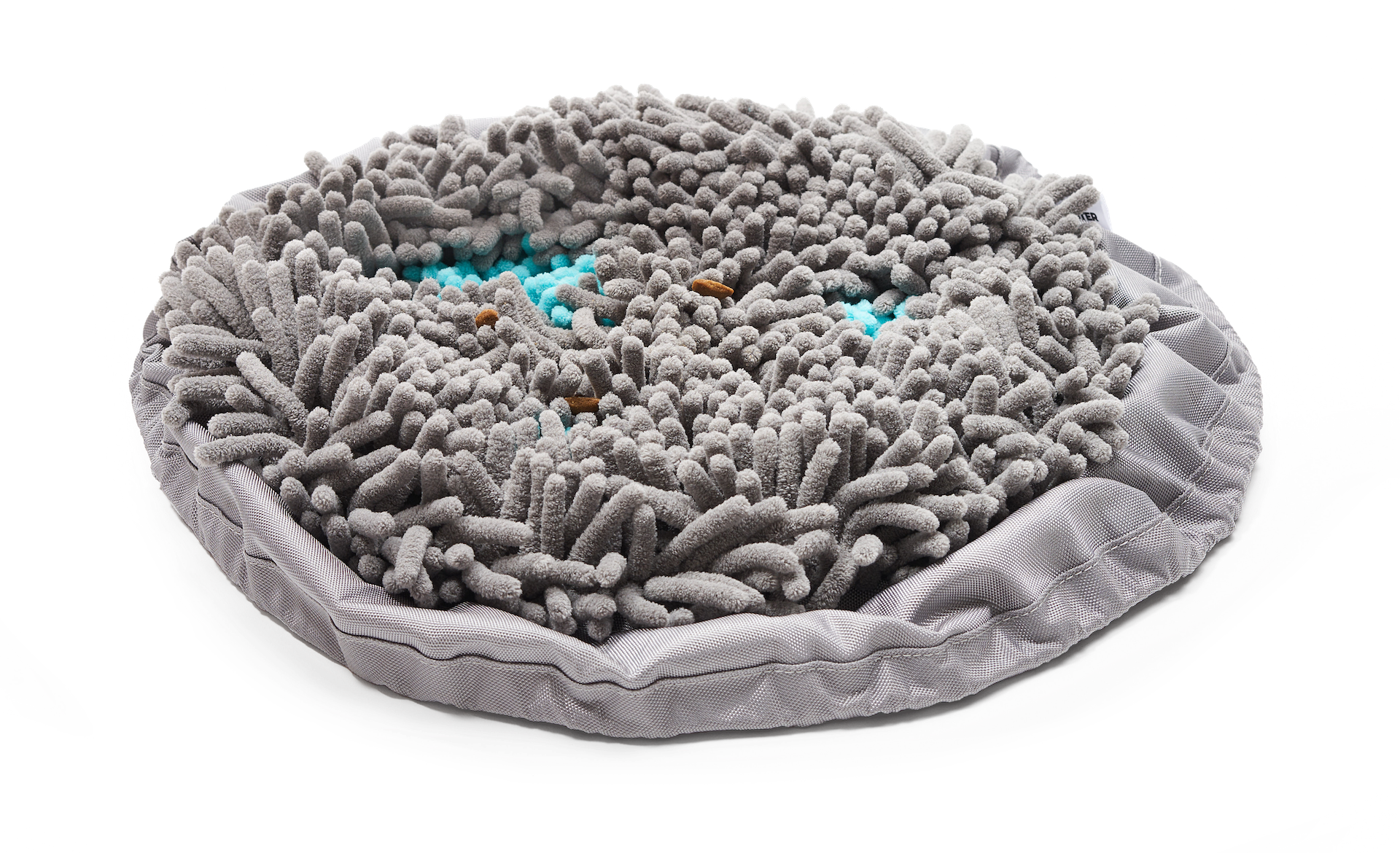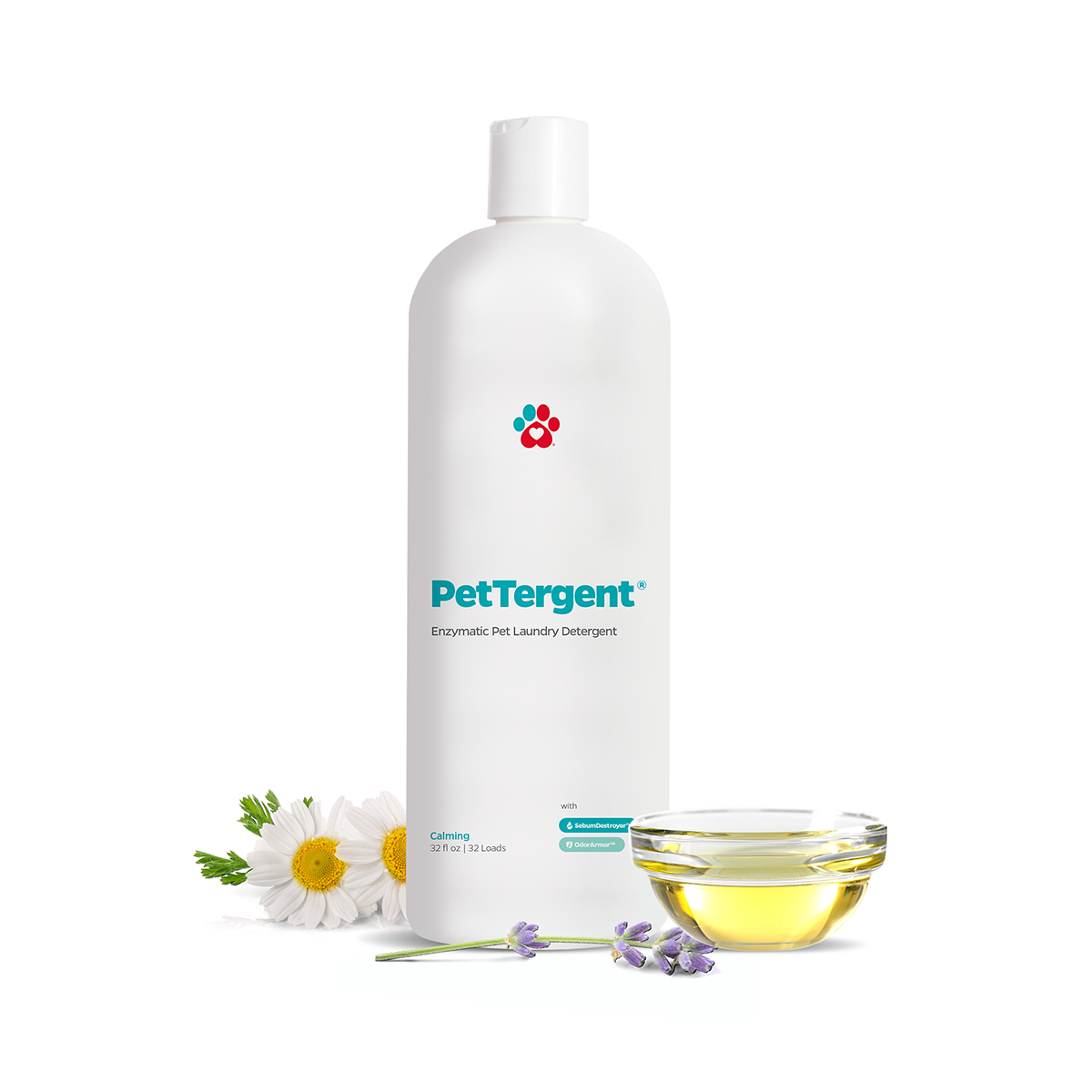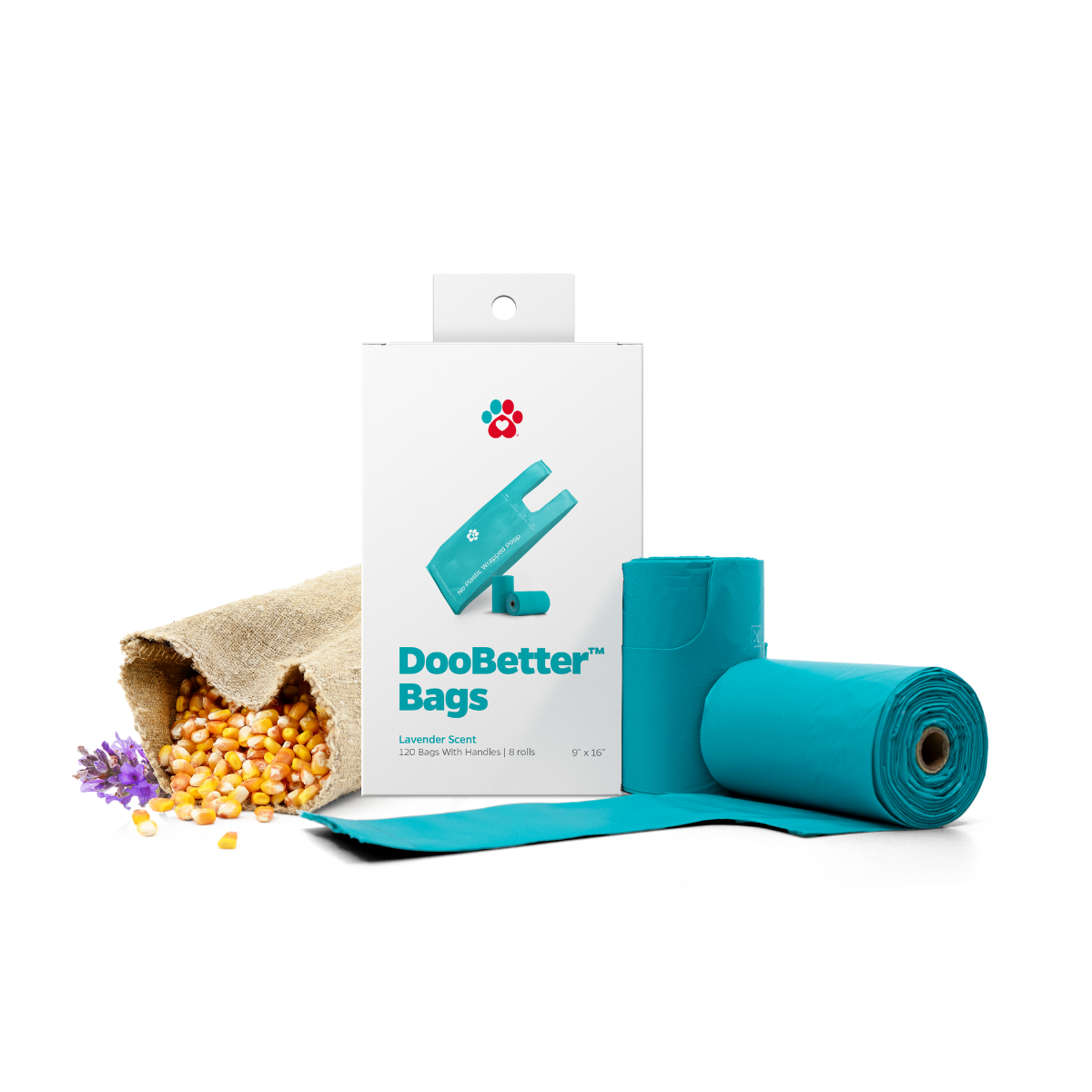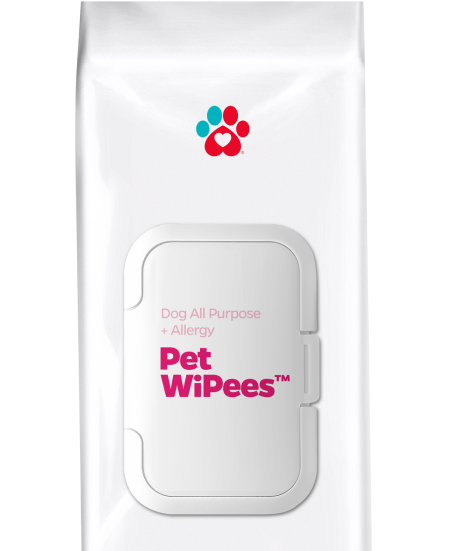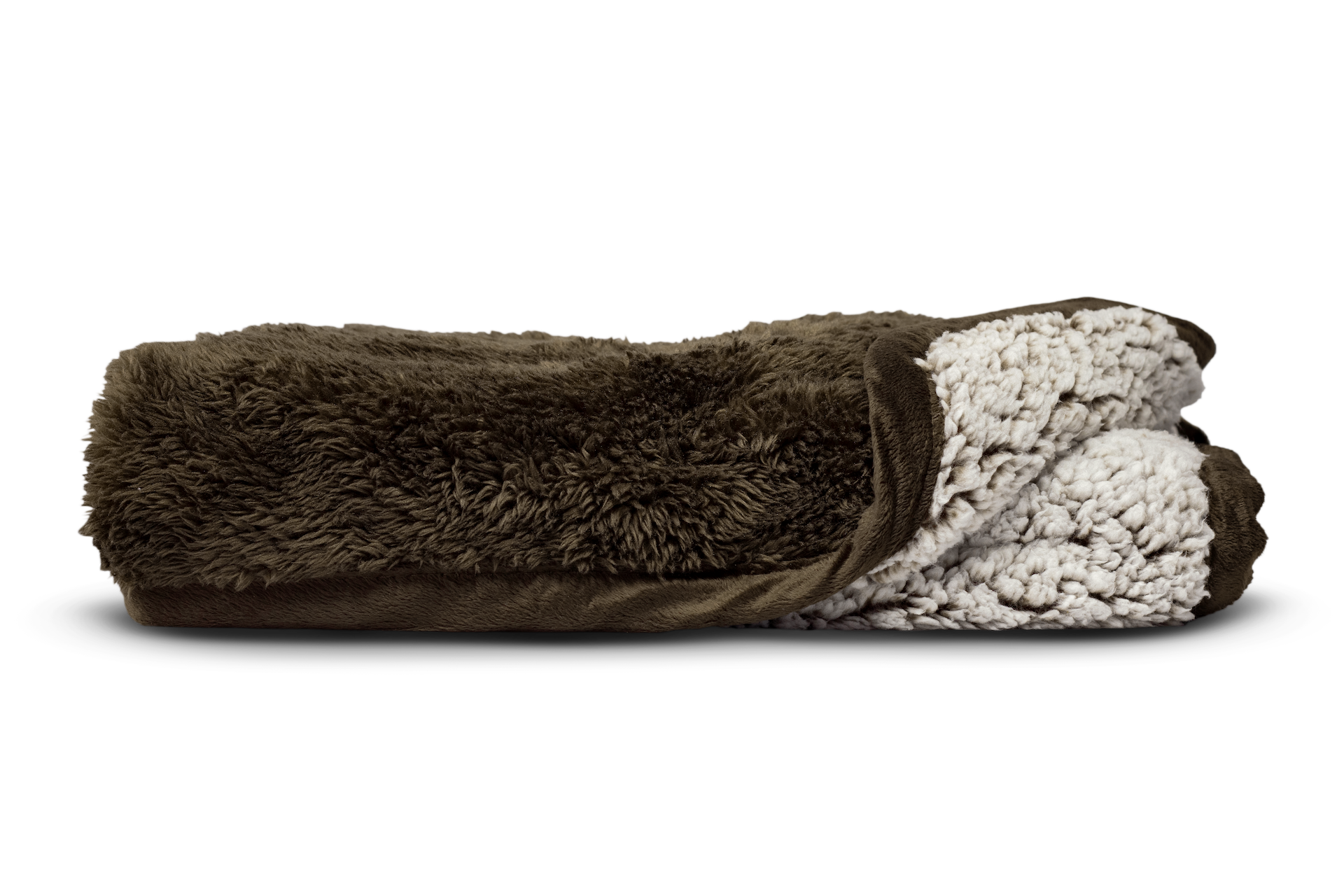You see your dog constantly scratching and itching. Then you notice red or gray, scaly areas on their skin. Then you wonder what kind of skin disease could it be and what you can do to ease the itchiness that your furbaby is currently experiencing. When it comes to dog skin diseases, ringworm is one of the most common and contagious skin conditions experienced by dogs. Wait, can dogs get ringworm? Unfortunately, yes.
In this article, we will talk more about what ringworm in dogs is, what causes it, its symptoms, how it is diagnosed, and how they are treated.
What Is Ringworm in Dogs?
Despite its name, ringworm, or also called “dermatophytosis” is not a disease caused by worms, but rather a fungal infection that affects a dog’s skin, hair, and even paws. Why is it then called “ringworm”? Well, it derives its name from the round, worm-like rash seen on the infected skin. So, can dogs get ringworm? And is ringworm contagious to humans from dogs? Yes and yes. Though it is common in dogs and cats, it can also be transmitted to humans. You can find ringworms on dog's belly, back, legs, or anywhere that comes in contact with the infection.
"Unfortunately, some dogs carrying ringworm are asymptomatic, meaning they don’t show any clinical signs of the said disease. This can present a problem as dog ringworm can easily spread."
What Causes Ringworm in Dogs?
Ringworm can be transmitted in many ways. It can be transmitted through direct contact with an infected dog, cat, or human. Yes, dogs can also get ringworm from an infected human and ringworm can be contagious to humans from dogs. This is so because ringworm is considered zoonotic, meaning it can be passed from an animal to a person, and vice versa.
It can also be passed thru direct contact with any contaminated object especially those that are used daily like grooming tools, couches, beddings, and carpets. The fungal spores can live in infected objects for several months that’s why it is very important to do a thorough clean of one’s home environment to remove fungal spores. It is recommended to use medical-grade gloves and dilute bleach solution when decontaminating.
Symptoms of Ringworm in Dogs
Unfortunately, some dogs carrying ringworm are asymptomatic, meaning they don’t show any clinical signs of the said disease. This can present a problem as dog ringworm can easily spread. It’s important to visit your vet promptly once you’ve noticed your dog having any ringworm symptoms. The appearance of ringworm in dogs is dandruff-like flakes in the depths of your dog’s coat, reddened or darkened inflamed skin, and bald patches are the most common symptoms. Ringworm on a dog's belly may be easier to notice earlier since it is not hidden by hair. Otherwise, you may not notice until they begin losing their hair in a spot.
As mentioned by PetMD, other common signs of ringworm in dogs include one or a combination of the following:
- Hair loss (alopecia) that may appear in patches or circular patterns
- Brittle hair and dull hair coat
- Reddened skin (early-stage ringworm rash)
- Flaky skin, dandruff
- Crusty skin
- Darkened skin
Less commonly, some dogs may show an elevated nodular lesion that may leak called a kerion. The nails and claw folds (the skin that acts as a border to the nail) may also be infected by ringworm fungus, which happens to cause fragile or deformed nails.

How Ringworm Infections Are Diagnosed
Ringworm in dogs can be diagnosed through different methods. Your vet may observe and examine the lesions and scaling present in your dog’s skin. However, this method is not always accurate and could possibly lead to misdiagnosis, which will usually require additional diagnostic tests to confirm whether ringworm fungi is present.
Your vet might recommend a fungal culture. This method is generally considered to be the most accurate and is used to identify the specific fungus that is infecting a dog or cat. It is performed by sending hair samples to a lab for testing. PRC testing is also available.
One method to diagnose ringworm on dogs is through the use of a special ultraviolet light called Wood's lamp. Ringworms caused by Microsporum canis fungi usually glow under yellow-green fluorescence when observed in a dark room. However, not all Microsporum canis fungi become visible under a Wood's lamp with only 50% of positive animals showing a glow.
Another method of determining ringworm is through the use of a microscope. Your vet will perform this by getting some hair samples from your dog first then viewing and examining it under a microscope, allowing you to see the presence of fungal spores attached to the hair shafts.
If you suspect ringworm in your dog, your consult your vet to find the best testing option for your situation. This will help rule out other possible causes of the symptoms experienced by your pet.
How to Treat Ringworm in Dogs
What is the best form of ringworm treatment for dogs? Dog ringworm, being highly contagious, should always be treated promptly regardless of how severe it is. There are a lot of ways on how to treat ringworm in dogs. The most common way to treat it is to use a combination of both topical therapy and systemic therapy.
Topical therapy is a ringworm treatment for dogs that includes the usage or direct application of topical antifungal medications—creams, ointments, or shampoos to the infected areas. Systemic therapy or oral medication is done through the intake of anti-fungal drugs to eradicate the infection. Your vet might also advise coat clipping or clipping your dog’s fur around their patches. This will prevent fungus from spreading and help the medicated shampoo work.
Be sure to always wash your hands and sanitize any surface your furbaby has been in contact with using a bleach solution after bathing them to prevent fro spreading it to your other pets at home.
It is also always a good idea to support your furbaby’s daily health by providing them with Pet Parents® Skin & Coat SoftSupps®. These skin and coat supplements contain branded ‘Super Ingredients’ that help promote dog skincare and overall healthy skin and coat for your furbaby! Pet Parents® Skin & Coat SoftSupps® contains a branded form of salmon oil for dogs, called Epax®. This helps to support the normal moisture content of the skin. They also contain Biotin for that nourished skin and strong nails!
You can also provide your dog with Multi-vitamin SoftSupps® to provide them with beneficial ingredients that promote digestive, skin & coat, hip & joint, immune, and heart complex. These supplements contain PurforMSM® which is one of the purest forms of MSM. This daily vitamin can help support your dog's overall daily health and be a part of a healthy dog diet.
Note: These dog supplements are exactly what they say they are—supplemental. They do not act as a cure to ringworm in dogs or to any skin diseases your furbaby might have. While they can help support overall everyday health, it’s always best to consult your vet with any issues you might encounter.
"It is also always a good idea to support your furbaby’s daily health by providing them with Pet Parents® Skin & Coat SoftSupps®."
Preventive Measures for Dog Ringworm
There are several actions that you can take to prevent your dog and your family from catching ringworm infection. As the infection is easily transmitted through direct contact with the fungi causing it, it is recommended to do a thorough cleaning of one’s home to eliminate any fungal spores that might cause and spread it. Groom your dog regularly and keep an eye out for anything out of the ordinary. If you notice any signs of ringworm in dogs, consult your veterinarian to determine if it is indeed ringworm or a form of dog skin allergy.
In addition to this, if there is more than one pet in your household, separate the infected one from the ones that are not infected while treating the infected one. It is also advisable to have all your pets tested for ringworm on dogs as some might be asymptomatic.
